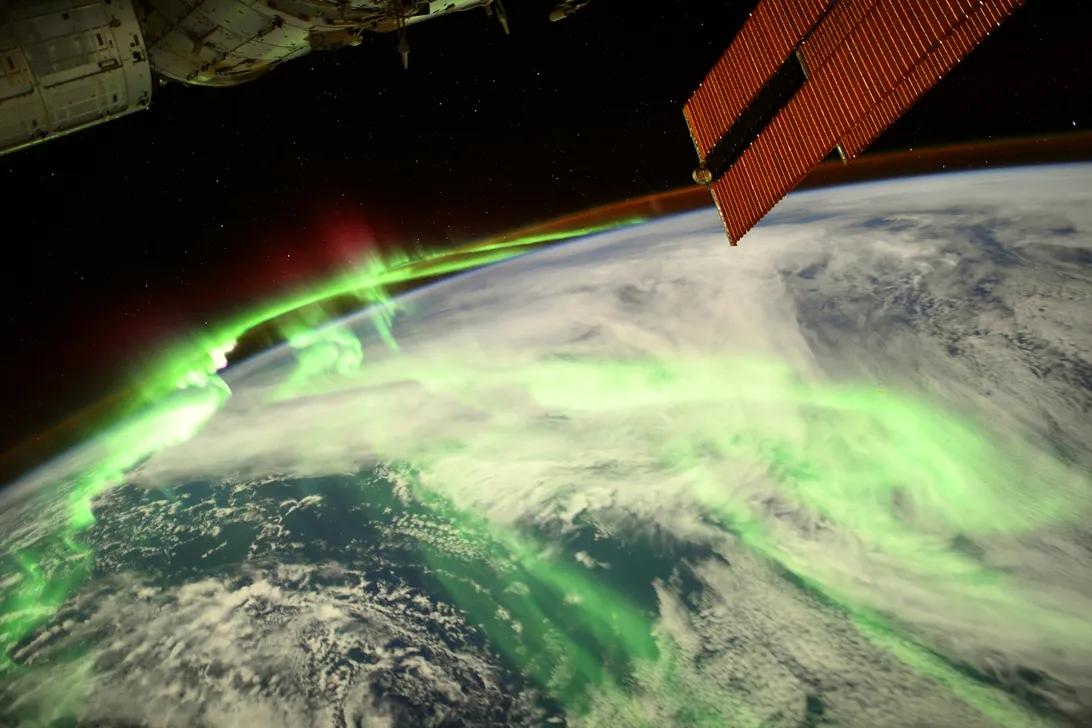NASA intends to launch two rockets over a hundred miles above Earth on March 23. Each perfectly timed to strike one of nature’s most magnificent works of art. The northern lights, often known as the aurora borealis.
Though we know a lot about light shows like these. Such as their distinctive neon green brilliance and abundance near the poles, there are a few holes in our understanding.
More specifically, scientists aren’t sure how auroras interact with the Earth’s natural atmosphere. Which is what the agency’s next project, named the Ion-Neutral Coupling during Active Aurora mission, or INCAA, hopes to decipher.
Also: 8 Best Places To Spend Christmas & New Year’s, Eve
What we don’t know about auroras

Consider our planet’s atmosphere to be layered, like to a cake. We’re on the bottom stratum.
Down here, elements such as oxygen and nitrogen are well-balanced and breathable. They keep electrons in atomic orbit. Which is referred to as the neutral gas environment.
Things change as we progress through the layers.
Our higher atmosphere is exposed to sun rays in a way that we are not. And these rays change the composition of adjacent atoms. They rip electrons from their orbits, which ordinarily have a negative charge, and convert them into positive particles. In fact, this environment is so unlike to the neutral gas atmosphere that it is no longer classified as a gas. It’s a plasma, which is the fourth state of matter.
And the existence of these two types of atmospheres indicates a transition from one to the other. The line isn’t quite apparent, but it’s unmistakable. When auroras form, things shift even more.
In summary, auroras occur when the sun, in an event known as a coronal mass ejection. Coughs up a large amount of charged electrons from its own plasma ocean-like body. These electrons are sometimes captured in the Earth’s atmosphere. Where they interact with other particles to create spectacular, colourful illumination. But here’s the thing: we don’t know.
What effect do aurora particles have on the region of our atmosphere where neutral gas meets plasma? What happens when the boundary is crossed? The INCAA team believes that auroras could cause the boundary zone to sink lower, rise higher, or even collapse.
“All of these aspects make this an interesting physics topic to investigate,” said Stephen Kaeppler, assistant professor of physics and astronomy at Clemson University in South Carolina and the INCAA mission’s primary investigator.
Entering the northern lights
From a launchpad in Poker Flat, Alaska, Kaeppler and the rest of the INCAA mission team will launch two research payloads. Each will be linked to two different rockets known as sounding rockets and launched directly into an active aurora. These are miniature launch rockets that linger in space for a few minutes before falling back to Earth. However, by the time the payloads reach the ground, they will have gathered a wealth of information on the auroras.
According to the crew, Rocket One will emit vapour tracers – comparable to the bright chemicals used in pyrotechnics – to detect how winds around the aurora are moving. To watch the air move about is like dying it. The second rocket will then measure the temperature and density of the plasma in the region of the aurora.
We might be able to cross another problem off the never-ending list of physics difficulties in a few days.

Leave a Reply